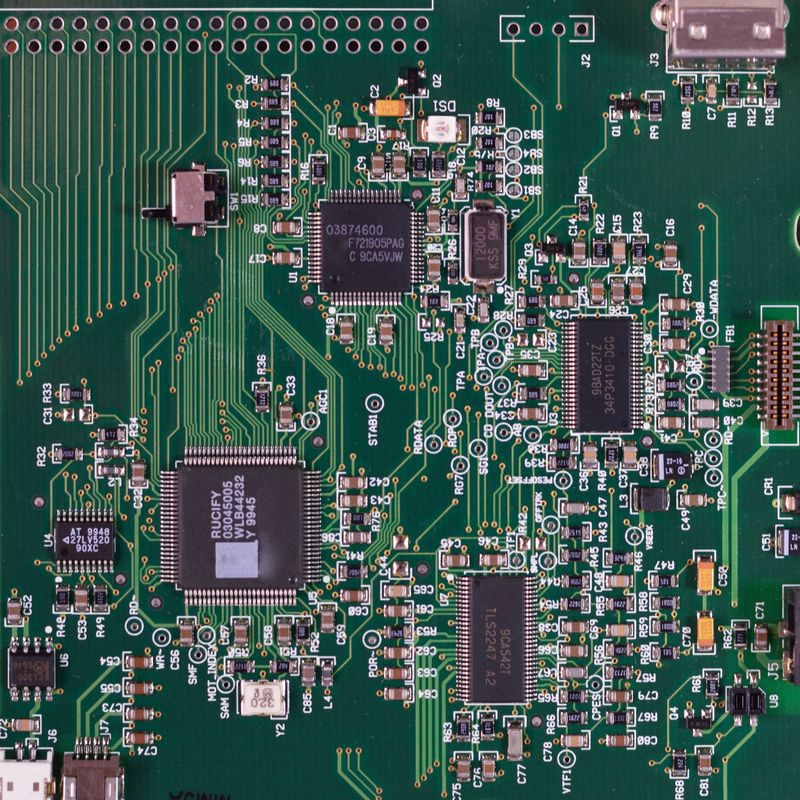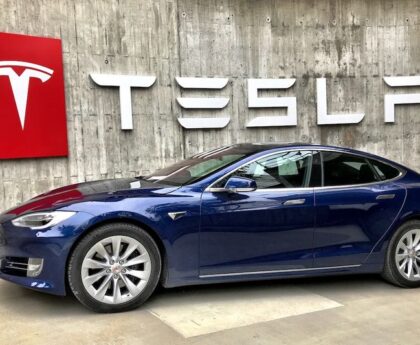Apple Unveils iPhone 15 with Major Update and Switch to USB-C
Introduction
Apple, during its September keynote event, unveiled its highly anticipated iPhone 15 lineup along with a major update. The most significant announcement was the switch from its proprietary lightning charging cable to USB-C. This change will allow users to utilize the same charging cord for their iPhones, iPads, and Mac computers. The event, held at Apple‘s Cupertino headquarters in California, was marked by the tagline “wonderlust.” While Apple‘s annual iPhone event has become predictable with incremental changes to battery life, camera systems, and displays, this year’s switch to USB-C represents the most extensive design modification in 11 years. This change has the potential to streamline the charging process across multiple devices and brands.
Reasons for the Switch to USB-C
Apple‘s decision to switch to USB-C comes as the company seeks to provide consumers with greater incentives to upgrade their iPhones. Sales of iPhones have fallen for three consecutive quarters, with iPhone revenue declining by approximately 2% year-over-year to $39.7 billion in the last quarter. Consumers have been updating their devices less frequently, which has prompted Apple to make significant changes to entice them to upgrade. The switch to USB-C is a strategic move aimed at enhancing the user experience and increasing compatibility with other devices.
Streamlining Charging and Enhancing Convenience
By adopting USB-C, Apple is aligning itself with an industry standard that has gained widespread popularity. This change will simplify the charging process for iPhone users and bring uniformity to their devices. It means that they will no longer need to carry different charging cords for their iPhones, iPads, and Mac computers. The USB-C connectivity will allow for faster charging and data transfer, which will greatly improve user convenience. Additionally, this change will extend beyond Apple devices, as USB-C is widely adopted by other brands as well. It opens up the possibility of interconnected ecosystems across multiple devices and creates a more seamless experience for users.
Philosophical Implications of the Switch
Switching from a proprietary charging cable to USB-C raises philosophical questions about the nature of universality and convenience. Proprietary cables, although limiting compatibility, have sometimes been associated with higher quality and enhanced performance. However, by embracing the industry standard, Apple acknowledges the importance of interoperability and convenience for its users. USB-C represents a move towards inclusivity and fostering collaboration among different brands. This transition is indicative of a broader trend in the technology sector, where manufacturers prioritize open standards and interoperability to enhance the user experience.
The Changing Landscape of Smartphone Innovation
The announcement of the iPhone 15 and the switch to USB-C highlight the challenges faced by smartphone manufacturers in a maturing market. Incremental changes to battery life, camera systems, and displays have become the norm, making it increasingly difficult to impress consumers. As a result, companies like Apple are exploring ways to differentiate themselves by focusing on elements beyond hardware specifications. Innovations in charging technology, data transfer speeds, and ecosystem integration have the potential to reshape the smartphone landscape and reignite consumer interest.
Apple Watch Series 9 and Carbon Neutrality
In addition to the iPhone 15 announcement, Apple also unveiled the Apple Watch Series 9. This updated version features Apple‘s in-house silicon chip and ultrawideband connectivity. The Series 9 offers new functionalities such as logging health data with voice commands, raising the wrist to brighten the display, and utilizing double taps to answer calls or pause music. Furthermore, Apple proudly announced that the Series 9 would be the company’s first carbon-neutral product. Efforts to reduce the carbon footprint and offset emissions through carbon buybacks contribute to Apple‘s commitment to sustainability and environmental responsibility.
A Call to Upgrade: Advice for Consumers
With the introduction of the iPhone 15 and its compelling features, Apple aims to entice consumers to upgrade their devices. For individuals considering upgrading their iPhones, it is essential to assess their personal needs. Evaluate the specific benefits the new features and compatibility with USB-C will bring to your daily life. Consider factors such as improved charging speeds, data transfer capabilities, and the convenience of utilizing the same charging cord across multiple devices. It’s also worth examining the potential ecosystem integration that USB-C enables, allowing for a more seamless experience across various technology products. Ultimately, the decision to upgrade should be based on how the iPhone 15 aligns with your individual requirements and preferences.
Conclusion
Apple‘s unveiling of the iPhone 15 with its switch to USB-C signifies a significant design modification and illustrates the company’s commitment to enhancing user convenience and compatibility. By aligning itself with the USB-C standard, Apple aims to streamline the charging process for its users and foster interoperability among different devices and brands. This transition mirrors a broader trend in the technology sector, highlighting the importance of open standards and collaboration. As the smartphone market matures, manufacturers must find innovative ways to differentiate themselves beyond hardware specifications. Apple‘s introduction of the Apple Watch Series 9 and its commitment to carbon neutrality further underscores the company’s dedication to sustainability and environmental responsibility. For consumers considering upgrading their iPhones, a careful evaluation of personal needs and the potential benefits of the iPhone 15’s features and USB-C compatibility is essential.

<< photo by Miguel Á. Padriñán >>
The image is for illustrative purposes only and does not depict the actual situation.
You might want to read !
- The NFL Power Shift: Evaluating the Dominant Teams in Week 2
- Apple Event 2023: Analysis on the Highly Anticipated iPhone 15 Unveiling and Beyond
- “Celebrity Couple Ashton Kutcher and Mila Kunis Tackle Controversy Surrounding Danny Masterson – An Exploration of Public Perception”
- The Future Takes Flight: Testing Begins for a Versatile Flying Car
- The Future of Technology: A Look at Apple’s Spatial Computer, Apple Vision Pro
- “The Future of Film: Tom Hanks Envisions AI-Enabled Posthumous Performances”
- DraftKings Faces Backlash and Issues Apology for Insensitive 9/11-themed Bet
- Apple’s Wonderlust Event: A Sneak Peek at the Tech Giant’s Latest Innovations
- The Title: “Exploring the Impact of Kevin Porter Jr.’s Arrest on Rockets: Uncovering the Details”
- “Rebuilding the Kingdom: Kansas State Basketball Sets Sights on an Ambitious 2023-24 Season”




